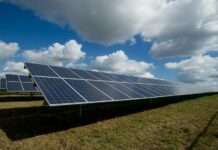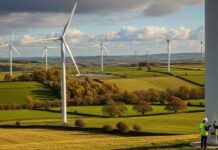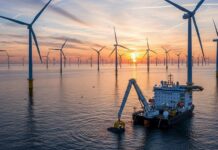Statkraft is upgrading and expanding Nedre Røssåga hydropower plant in Hemnes municipality, Nordland. Three existing generator units is rehabilitated. In addition, a new power plant with one unit of 225 MW is being built.
Significant value creation
The development will provide value creation for society totalling around NOK 2.5 billion, of which approx. one-third will be local and regional.
Statkraft is using many local suppliers in the work on the new Nedre Røssåga. The largest of these is the company LNS, with a NOK 700 million contract. Many Norwegian suppliers are also delivering electrical and mechanical equipment, although much of the actual manufacturing takes place abroad.
Tax revenues to the municipalities will increase by around three million kroner per year when the plant comes on line from 2016.
Positive for fish
Statkraft’s project to refurbish the Nedre Røssåga power plant will increase power production while also improving conditions for salmon and sea trout. A new bypass valve will safeguard minimum water release in Røssåga. Statkraft is also implementing significant measures in the watercourse to improve the formative conditions for salmon and sea trout.
One of these measures is to move the outlet from the new power plant higher up in the river. A 600-meter stretch of the river which has had reduced water flow will now have high, stable flow rates. This stretch accounts for 30 per cent of the overall spawning basis in the Røssåga watercourse.
The outlet tunnels from the new and the old power stations have been joined to ensure constant water flow along this stretch of the river. If one unit is shut down, water will come from the other unit.
Statkraft is also adapting the river course so it is optimal for fish. Rock structures are being put into place to distribute water flow, reduce water speed and create good spawning and formative areas. The river profile will be designed to minimise the risk of fish stranding.
Modest environmental impact
The development does not involve new regulation and consists of tunnel and rock facilities with modest visibility in the landscape.


































